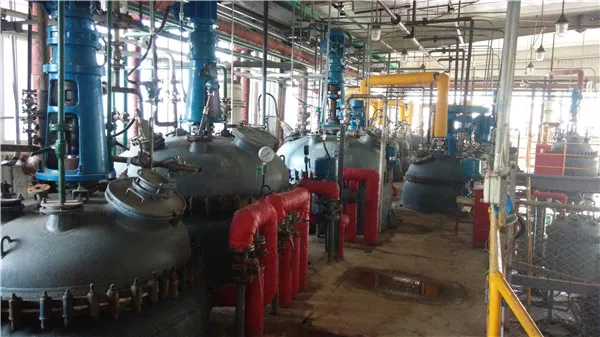Cleaning Chemicals for Tank Water A Comprehensive Guide
Maintaining the cleanliness of water storage tanks is essential for ensuring safe and potable water. Over time, tanks can accumulate sediments, biofilm, and harmful microorganisms. To combat these issues, the use of appropriate cleaning chemicals is vital. This article will explore various cleaning chemicals suitable for tank water cleaning, along with their applications and benefits.
Types of Cleaning Chemicals
1. Chlorine Compounds Chlorine-based cleaning agents are widely used due to their powerful disinfectant properties. Sodium hypochlorite, commonly known as bleach, is effective in killing bacteria, viruses, and fungi. It is usually diluted and applied to the tank surfaces, ensuring thorough contact with contaminants. However, care must be taken with chlorine's residual effects on taste and odor, necessitating proper rinsing after application.
2. Hydrogen Peroxide This eco-friendly alternative is effective against bacteria, viruses, and biofilm. It breaks down into water and oxygen, leaving no harmful residues. Hydrogen peroxide can be used in concentrated forms for deep cleaning or as a lower concentration for routine maintenance. Its safe decomposition makes it a popular choice, particularly in potable water systems.
3. Acid-based Cleaners These chemicals, such as phosphoric or citric acid, are particularly useful for removing mineral deposits and scale that may build up on the tank surfaces. They are effective in restoring the tank’s surfaces back to optimal conditions. However, it's crucial to ensure that these cleaners are neutralized or thoroughly rinsed off to avoid any chemical reactions that could compromise water quality.
tank water cleaning chemicals

4. Surfactants Non-toxic surfactants can also aid in cleaning by breaking down organic materials and allowing for easier removal during washing. They help enhance the efficacy of disinfectants by ensuring better contact with the surfaces.
Application Methods
Before any cleaning chemical is applied, it's essential to drain the tank completely and remove any physical debris. The chemicals can then be added according to manufacturer instructions, allowing sufficient contact time to ensure effectiveness. After cleaning, thorough rinsing with clean water is necessary to eliminate any chemical residues.
Conclusion
Regular cleaning of water storage tanks is vital to maintain water quality. The selection of appropriate cleaning chemicals depends on the specific contaminants present, the tank material, and any potential impacts on water quality. Utilizing effective cleaning practices not only ensures safe drinking water but also extends the longevity of the tank itself. Always consider consulting with professionals before undertaking cleaning to ensure the best methods and chemicals are used for your specific situation.

